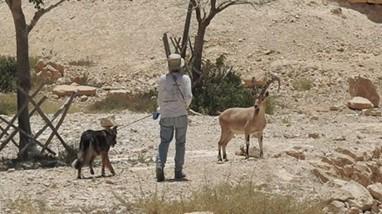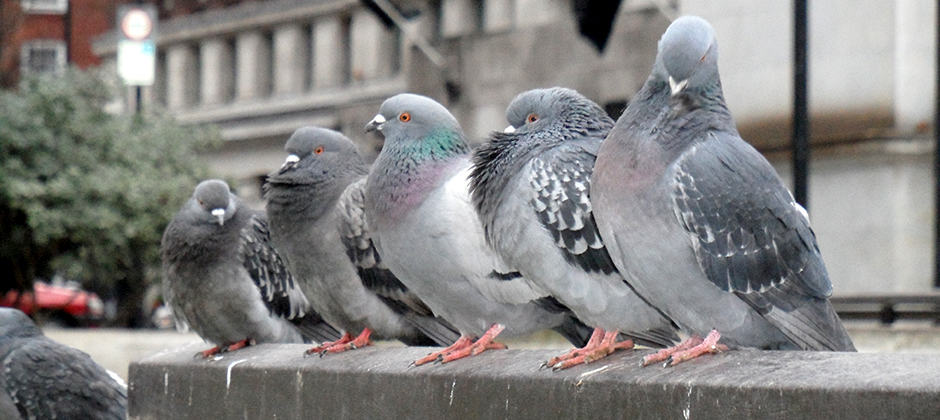Share this article
Spending time with people makes wildlife lose their fear
Whether animals are domesticated, kept in captivity or urbanized, they all lose their fear of humans, which may have implications for their conservation, researchers found.
“We knew overall that interactions with human has an impact on how species behave and techniques they use to avoid predators, like abilities of flight, fight or freeze strategies to survive in the wild,” said Bastien Sadoul, an associate professor at Agrocampus Ouest, a French university. “We know humans can alter these types of behavior.”
In a study published in PLOS Biology, Sadoul and his colleagues scanned the literature for studies published on the impacts of humans on fear in animals that were domesticated, kept in captivity or in urbanized environments. They started off with thousands of studies and narrowed it down to 173 relevant studies. Those studies included more than 100 different species, including mammals, birds and fishes.
The team suspected that they would find modified antipredator traits — actions that animals perform to keep from becoming prey — in domesticated animals, which are selected for traits that make them survive better when living with humans.

An urbanized Nubian ibex (Capra nubiana) tolerates close human approach in the Mitzpe Ramon, Israel.
Credit: Adi Einav
But what surprised them was how antipredator traits were quickly lost in urbanized wildlife. “Urbanization was having a similar effect as domestication,” he said. Urbanized species showed the same trend of a decrease in antipredator traits when they spent time with humans over generations. “The trend is exactly the same as domestication, but just not as fast,” Sadoul said. “The curve over generations is exactly the same shape. Species in urban areas are kind of domesticated.”
This means the presence of people is likely changing the genetics of urbanized species, he said. Those species that that have remained around humans are probably the one with the less fear of humans. “In terms of evolution, this might also have impacts on their coping abilities with a new stressor,” like climate change, he said.
Sadoul and his colleagues have a few ideas about what’s driving this lack of fear. Individuals within populations that cope better with human presence may be selected, which can allow them to survive better and find things like food sources. Another hypothesis is that individuals that aren’t coping with urbanization are fleeing.
Animals in captivity also showed a similar trend in losing fear of humans. This is important, he said, when thinking about captive breeding programs. When scientists breed species that they’re hoping to reintroduce, those species may also be losing their antipredator traits, Sadoul said. That can make it harder for them to survive in the wild once they’re released into their native habitat.
“For animals in captivity, we have to make sure animals are able to cope with what will happen in nature.” he said. If they’re comfortable with humans, Sadoul said, they could be more likely to be eaten by other predators.
The team also found that herbivores and more social species were more likely to have a decrease in antipredator behavior, but they don’t know why yet.
Their next step, Sadoul said, is to see if humans are also changing physiology of animals, not just behavior. “Maybe these individuals have physiology abilities for coping with stressors like climate change,” he said. “We can now say ‘OK, we know that antipredator behavior is affected by human presence, but this is probably coming with other traits like coping abilities.’”
Header Image: Urbanized species, like pigeons lose their fear of humans, just as domesticated animals do. Credit: aimee rivers








